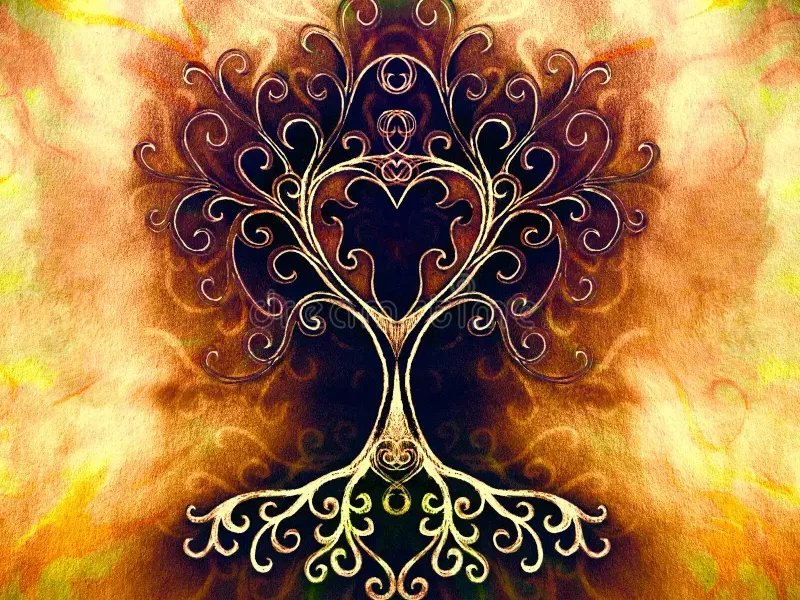The Tree of Life “Symbol of destiny & eternal life”
Every ancient civilization across the world has had its own version of the tree of life which was linked to the strong presence of water. All across Egypt, the three of life was an ancient Egyptian symbol that has a deep effect on their way of mythology. Many Egyptians believed that the three provided eternal life and full knowledge of the cycles of time. The symbol of the tree of life was connected to the sun and believed it has the shape of a palm and a sycamore tree which was believed to grow at the gates of heaven. It is connected with the creation myth and the nine gods of the Ennead of Heliopolis. The first appearance of the Tree of Life was in Heliopolis at the temple of the sun god Ra. The tree of life also known as the sacred Ished tree was the seat of the Bennu bird a.k.a the phoenix and was connected with the Djed symbol. Note: The tree of life “The Sacred Ished Tree of Life” is an ancient Egyptian symbol for eternal life, regeneration, and knowledge of the divine plan or the equivalent to a map of destiny. It is an icon featured a lot in the mythology of Egypt, the fruit of the life tree is able to provide eternal life and the knowledge of the cycles of time, destiny, and the divine plan of the gods. The fruit was only available for the pharaohs and not the common mortals.

The Assyrian tree of life was represented by a series of nodes and crisscrossing lines. It was apparently an important religious symbol, often attended to in Assyrian palace reliefs by human or eagle-headed winged genies, or the King, and blessed or fertilized with bucket and cone. Assyriologists have not reached consensus as to the meaning of this symbol. The name “Tree of Life” has been attributed to it by modern scholarship; it is not used in the Assyrian sources. In fact, no textual evidence pertaining to the symbol is known to exist. The Urartian tree of life The Epic of Gilgamesh is a similar quest for immortality. In Mesopotamian mythology, Etana searches for a ‘plant of birth’ to provide him with a son. This has a solid provenance of antiquity, being found in cylinder seals from Akkad (2390–2249 BCE).




Comment (0)